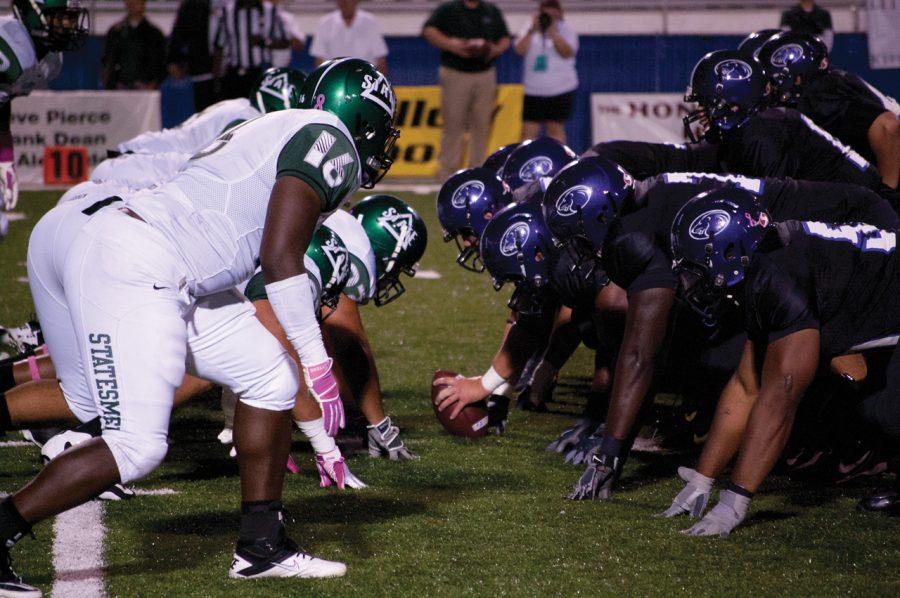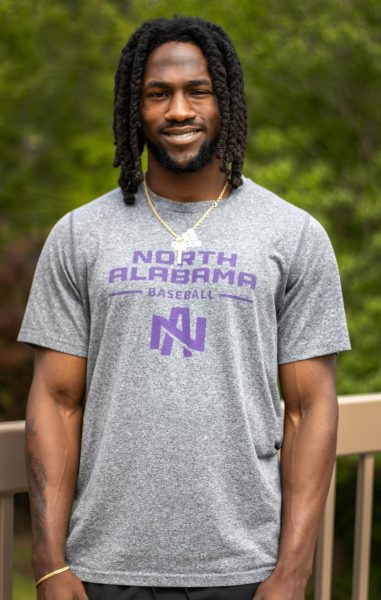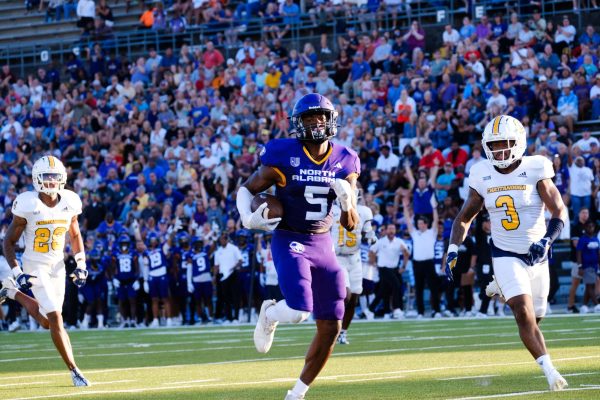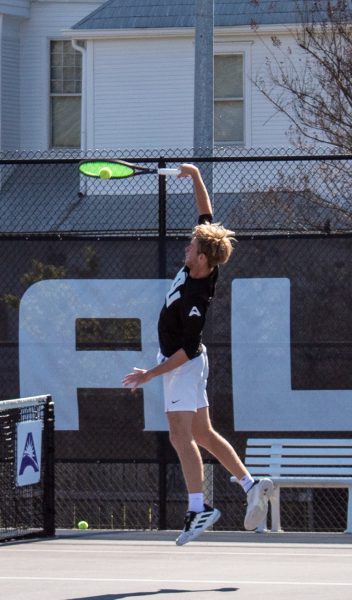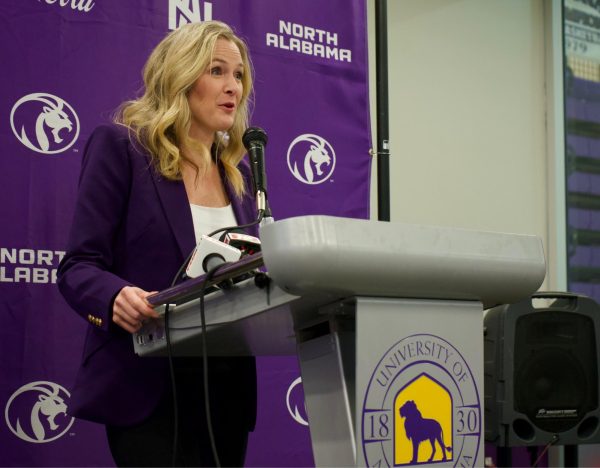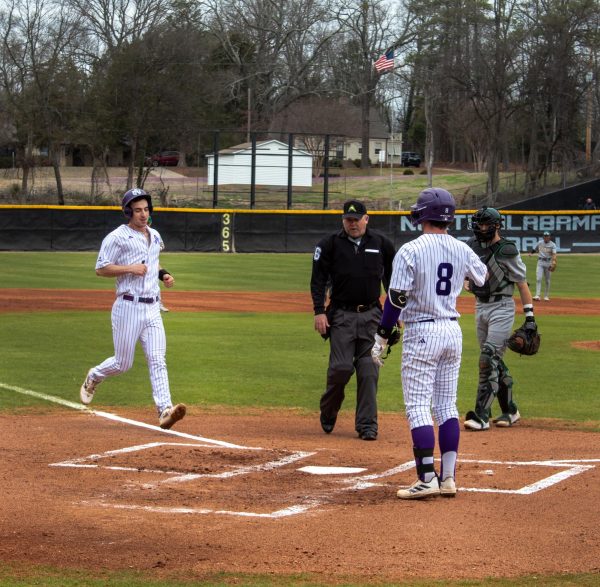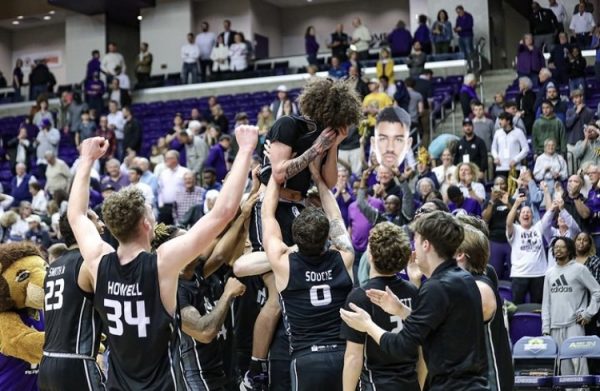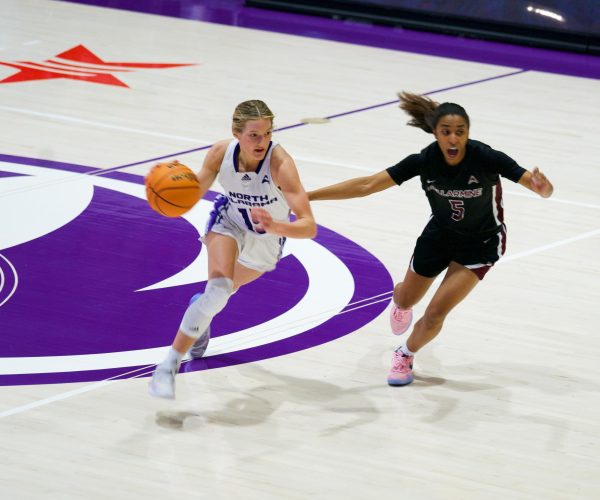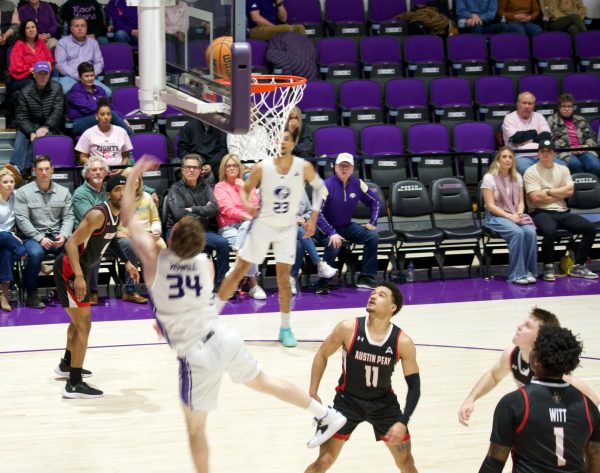Concussions play major role in contact sports
October 20, 2011
A raging epidemic keeping talented athletes benched or on the sidelines are concussions, affecting those who play contact sports, most obviously football.
Many high school, collegiate, and professional athletes, exclusively football players, are dealing with this issue. “No pain, no gain” is not always true, being as those who suffer a concussion during a game are not only finished from the specific game they are playing at that time, but often go to the doctor and miss workouts, practices, and competitive play until they are cleared by a doctor.
“After you get a concussion, you stay far from contact,” said UNA linebacker Demetrius Bryant. “You just have to train yourself to tackle a certain way.
“A basic cause of a concussion is a head-to-head hit. Instead of doing that, go back to your football basics and train yourself to hit with your shoulder to prevent concussions.”
Athletes usually deal with symptoms like blurry vision, nausea, headaches and confusion after hits causing concussions and can even last several days after the incident.
“If I remember correctly, light bothered my eyes, I was nauseated, throwing up and had a bad headache,” Bryant said. “I still had a light headache the next two days.”
Not only are collegiate athletes dealing with this major problem, but it is occurring in high school programs as well. Seventeen-year-old senior quarterback Tyler Anders has had three concussions while playing football.
“I remember being confused and having a crazy headache, but, honestly, you usually don’t know you have a concussion because you really don’t know anything,” Anders said.
“It’s just one of those things. People can tell you’re acting different, so they pull you to the side and check you for it.”
Athletes agree taking precautions in any game-related injury is crucial to the healing process.
“Always be careful, and do not come back until you are 100 percent ready,” Anders said. “Bad things can happen when you come back too early.”
Often, athletes’ bodies are cleared and ready to come back and perform, but the mind of the athlete still favors the injury.
The athlete then has to make the decision whether or not to put the past injury aside and play like they are capable.
“It’s a mental thing,” Bryant said. “You play a sport because you love it; that’s why I said go back to the basics of tackling because that’s what a concussion comes from: poor tackling.
“It’s basically that you have to make a decision: are you going to keep going, or are you going to pull back? For me, I can’t pull back; I have 10 other people on the field that I have to help.
“My teammates count on me to make tackles. So, go back to your tackling, go full speed and that’s basically all you can do.”


